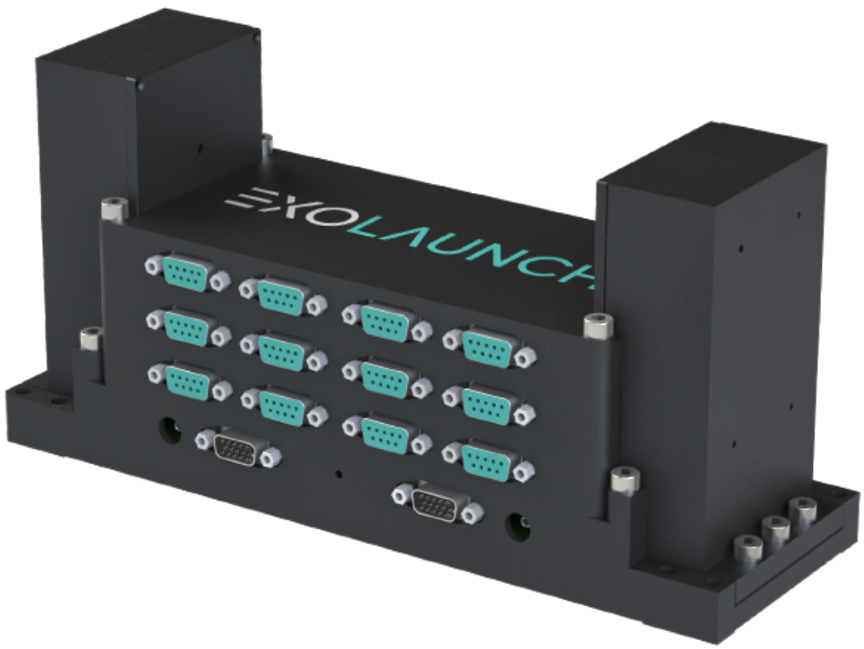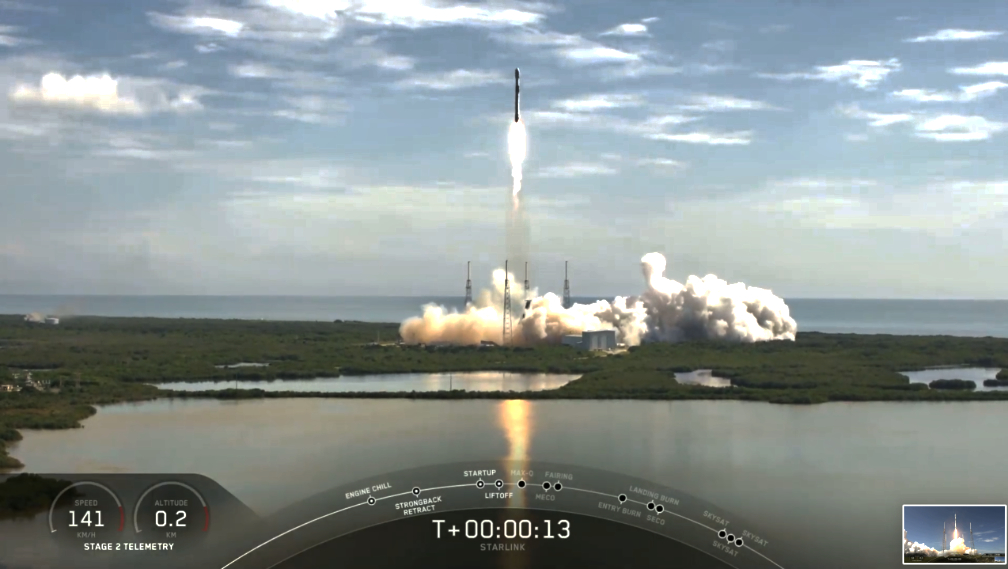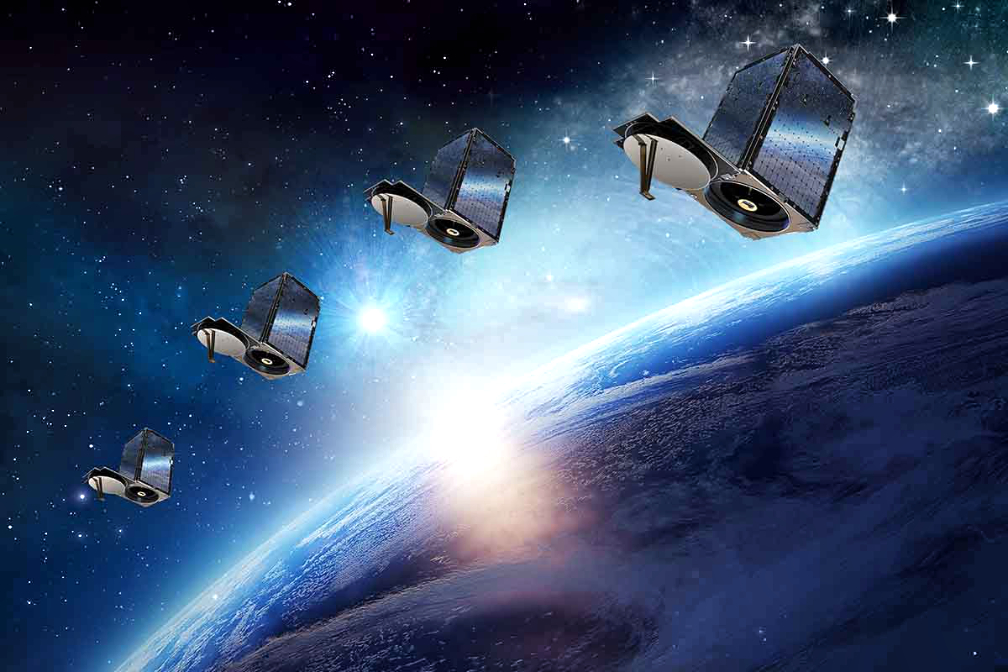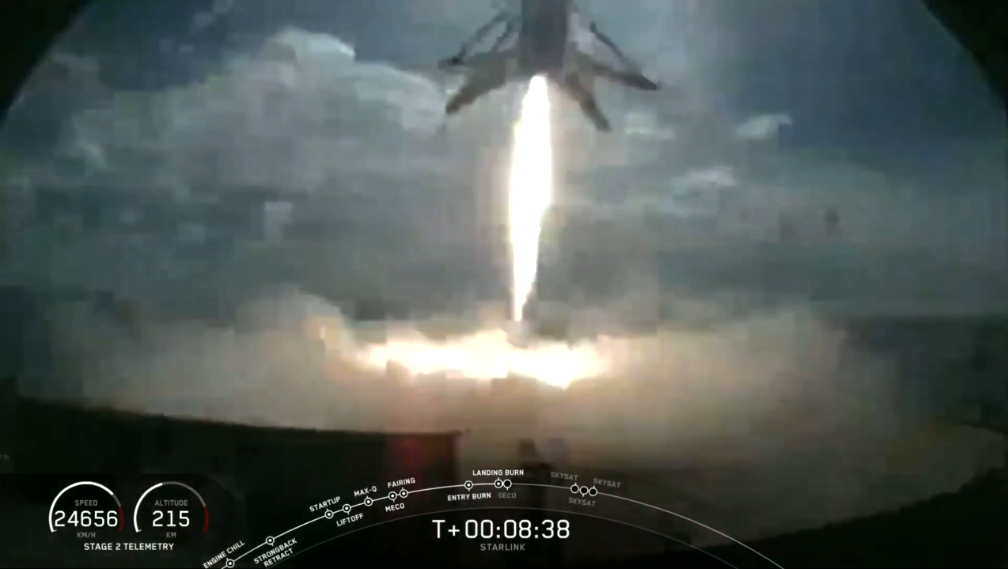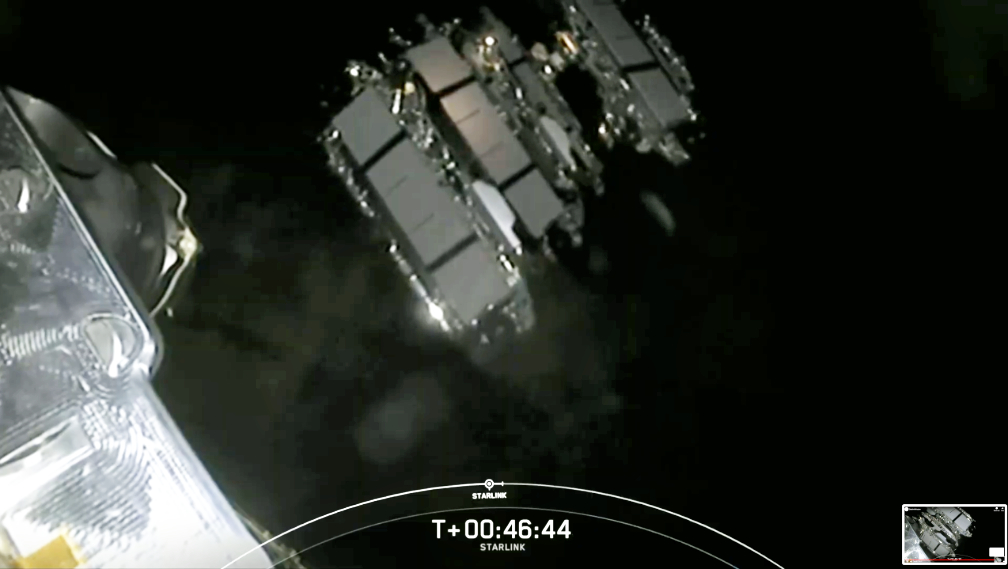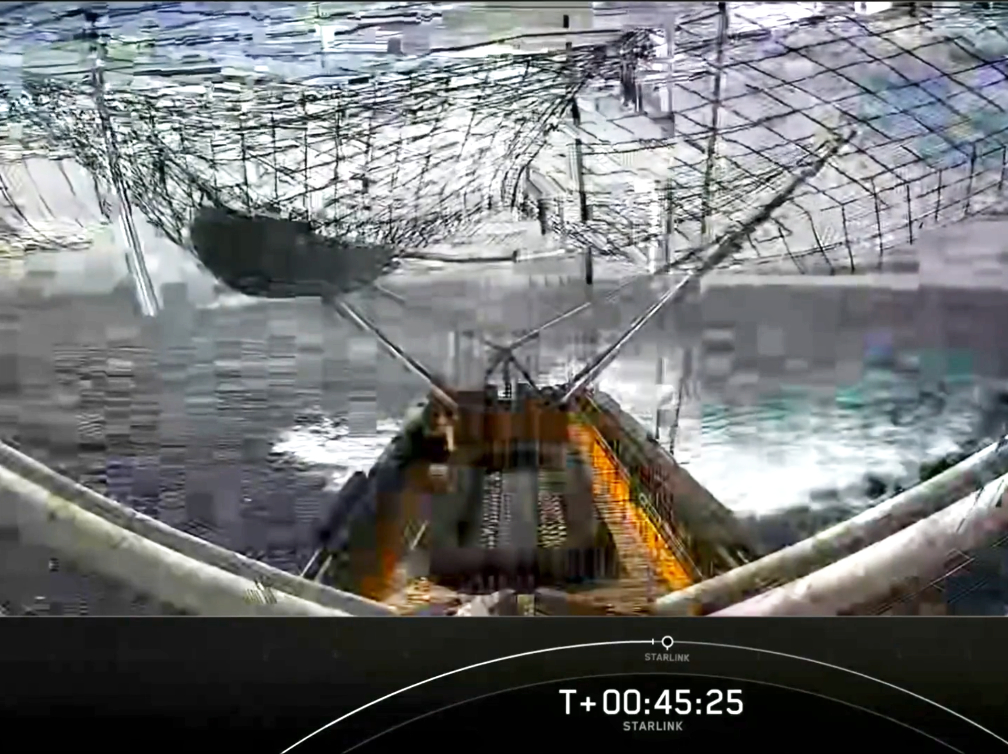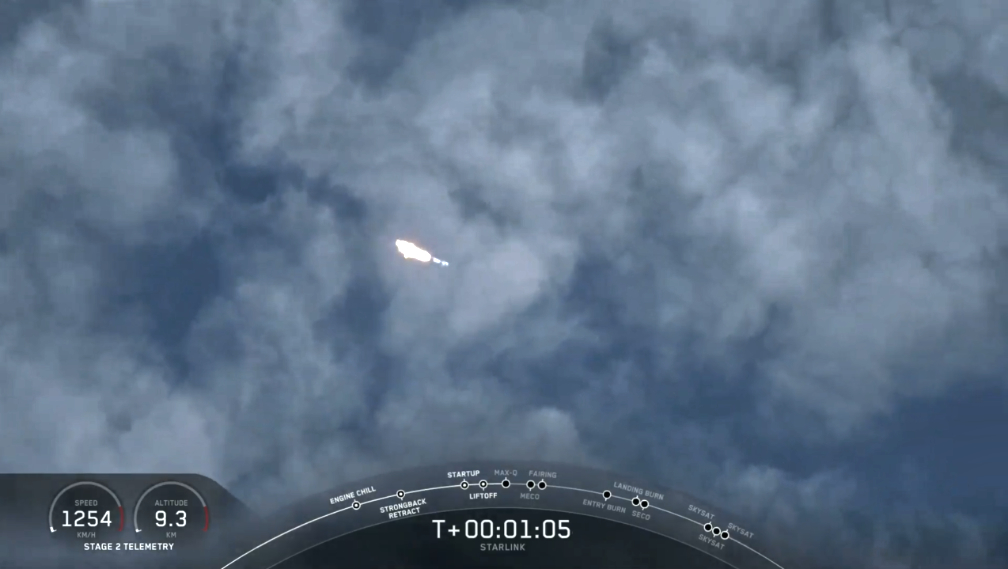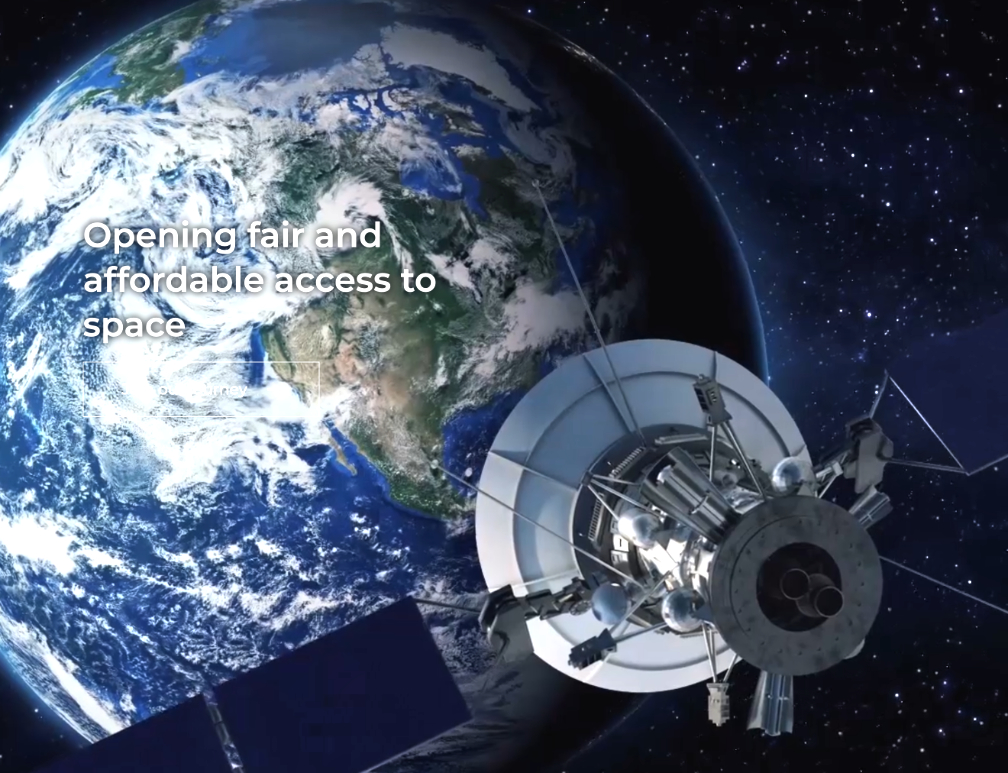
The global small satellite market is anticipated to proliferate at a healthy pace and surge past valuation of US$ 8.9 billion by the end of the forecast period (2018 – 2028), according to a new market study by XploreMR — the growth of the market is mainly driven by soaring demand in earth observation services applications in numerous sectors such as agriculture, energy, civil engineering, oil & gas, and others.
Furthermore, smallsats are gaining remarkable traction in the defense sector for applications such as medium-resolution imagery, tactical communication, and geospace and atmospheric research. In addition, smallsats have a competitive advantage over conventional satellites, on the back of their compact size that requires lesser development and production time, which subsequently reduces the manufacturing and operations costs. Backed by the aforementioned factors, the global smallsat market is set to bestow an incremental opportunity of US$ 2.31 to market players during the forecast period.
Some of the major growth drivers of the small satellite market include high expenditure by government and private organizations for the development of novel technologies and high demand for satellites in research and development purposes (R&D) in various sectors that mandate studying earth and other natural factors.
Furthermore, surging adoption of LEO and MEO services, where smallsats are highly preferred, is also acting as a predominant growth attribute. However, the growth of the market is not free of hindrances. Issues such as space debris problems, lack of skilled working personnel, and multiple regulatory limitations continue to hold back the market from reaching its full potential, but. On a positive note, the emergence of advanced space technology and favorable government policies for space exploration activities will continue to bolster the adoption of small satellites in the years to come.
Nanosatellites are forecasted to remain the most sought-out smallsat types, holding the majority of market share in the global value through the forecast period. The high demand for nano-satellites is mainly attributed to their compact size and low weight, which enables the launch of multiple satellites for different applications in a single-vehicle launcher.
Based on the end-use the application, the defense sector is foreseen to drive the majority of revenue, backed by increasing investments by national governments across the world to safeguard their respective nation’s defense standpoint. Smallsats are used in multiple defense applications such as tactical communication, and geospace and atmospheric research. On the other hand, the adoption of small satellites in the civil and commercial sector is expected to witness an uptick as numerous organizations extensively invest in R&D activities.
On the regional front, North America will reign supremacy over the global market, accounting for more than 55% of market value. Furthermore, the region is foreseen to register a stellar value CAGR of 13.1% through the forecast period and remain the leading regional market for small satellites.
The region’s dominance is predominantly attributed to increasing collaborations with the US government, and the strong presence of major market players. Furthermore, increasing usage in procuring satellite images, burgeoning demand for surveillance applications in the defense sector, will complement the market growth. Backed by these factors, North America is anticipated to bestow a revenue opportunity of more than US$3.4 billion during the forecast period.
Closely following North America, Western Europe is projected to create a total incremental $ opportunity of US$1 billion by the end of the forecast period. On the other hand, Asia Pacific is anticipated to contribute to nearly half a billion dollars in sales, backed by increasing infrastructural development in emerging economies such as India and China.
Some of the major market players in the global small satellite market include The Boeing Company, Aerospace Corporation, Airbus Defense and Space, Lockheed Martin Corporation, and Thales Group.
A sample copy of this in-depth report may be requested via this direct link…


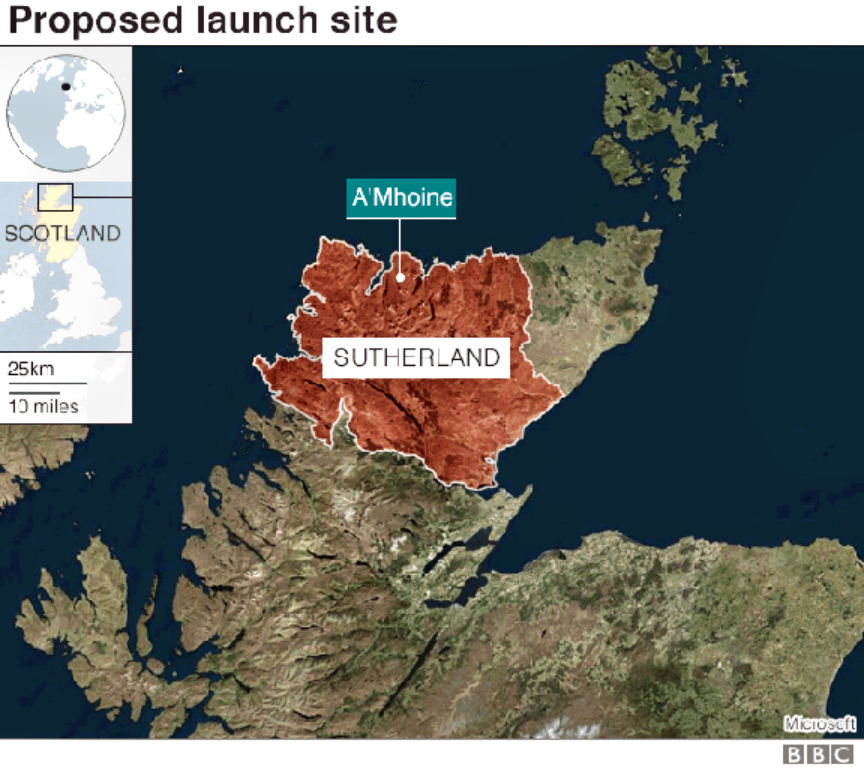




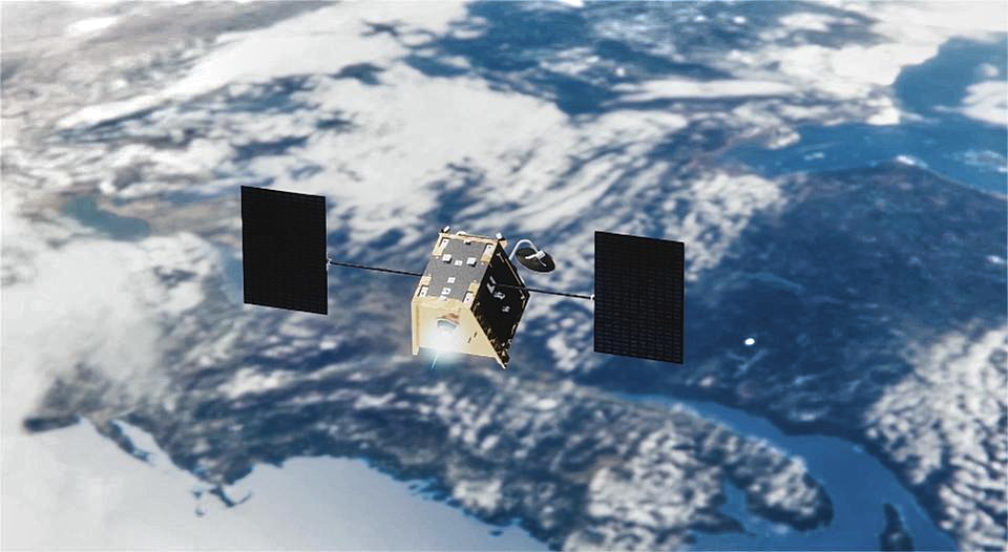 The official Committee of
The official Committee of  News stories authored by journalist Chris Forrester, who posts for the
News stories authored by journalist Chris Forrester, who posts for the 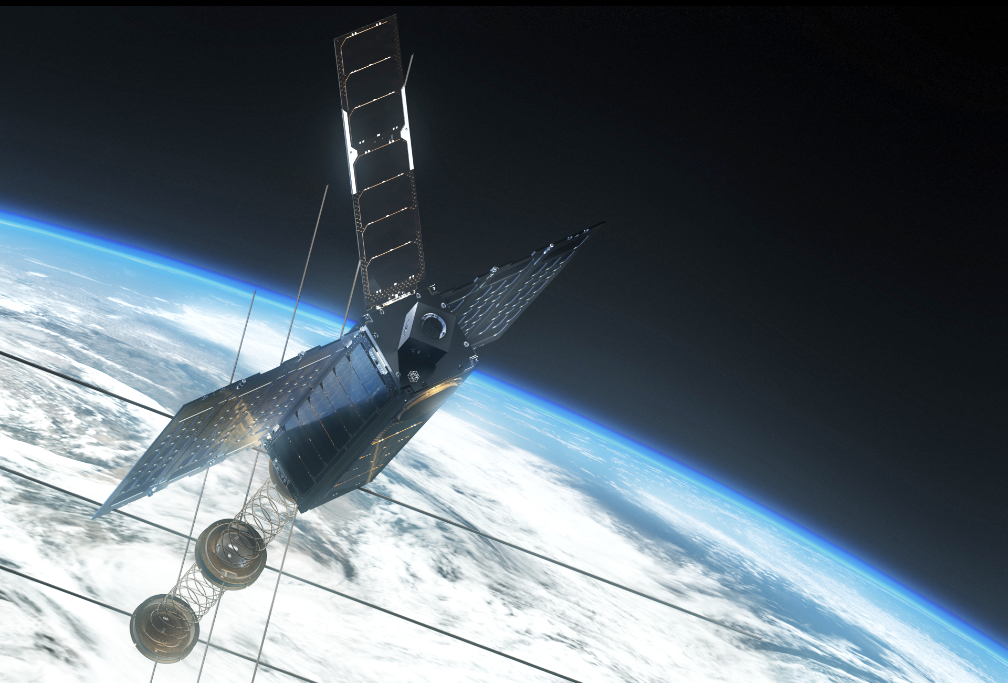
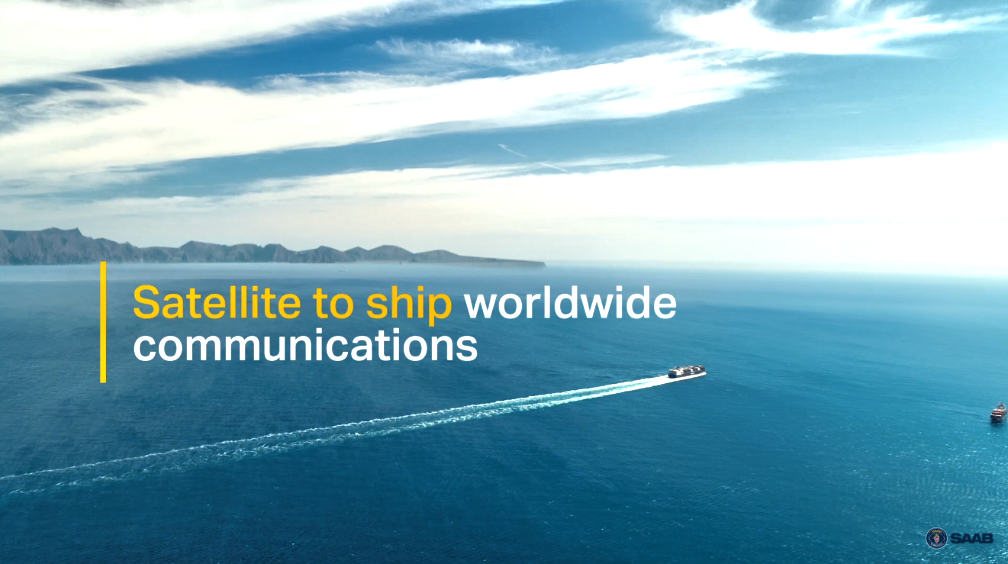



 Ball Aerospace has successfully completed on-orbit testing of NASA’s Green Propellant Infusion Mission (GPIM), which included ASCENT, a non-toxic, high-performance propellant developed by the Air Force Research Laboratory (AFRL), on board a Ball-built smallsat.
Ball Aerospace has successfully completed on-orbit testing of NASA’s Green Propellant Infusion Mission (GPIM), which included ASCENT, a non-toxic, high-performance propellant developed by the Air Force Research Laboratory (AFRL), on board a Ball-built smallsat.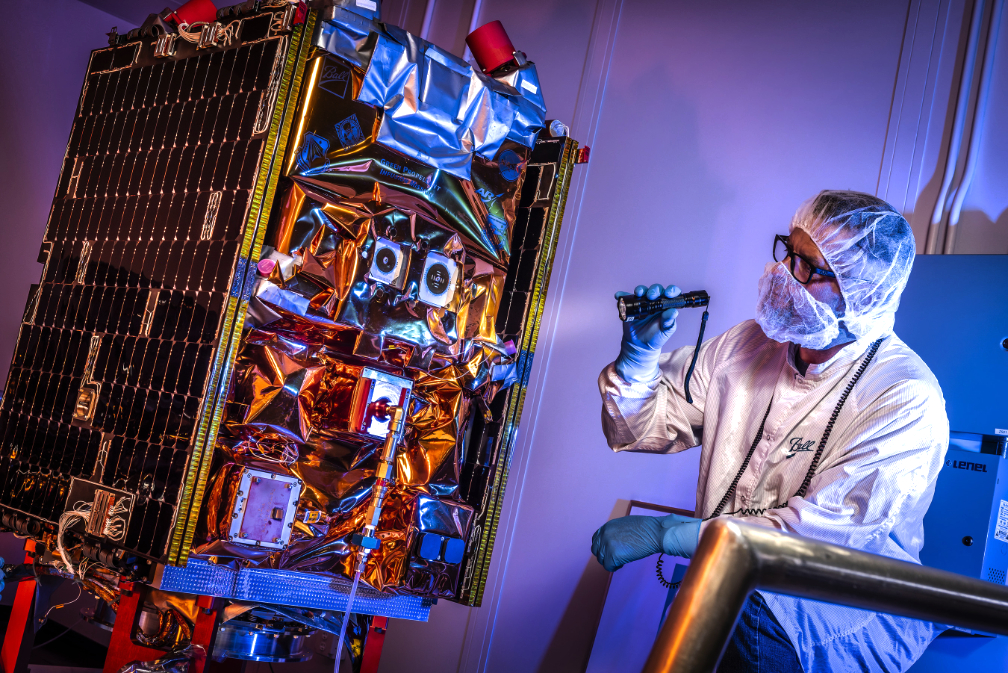
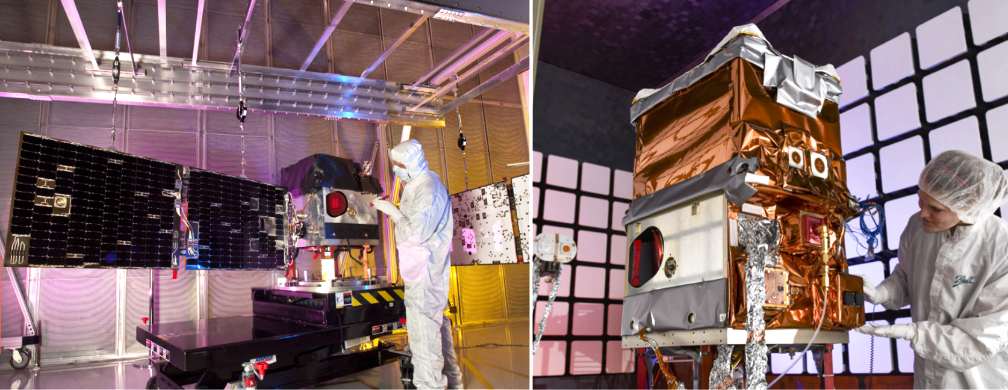

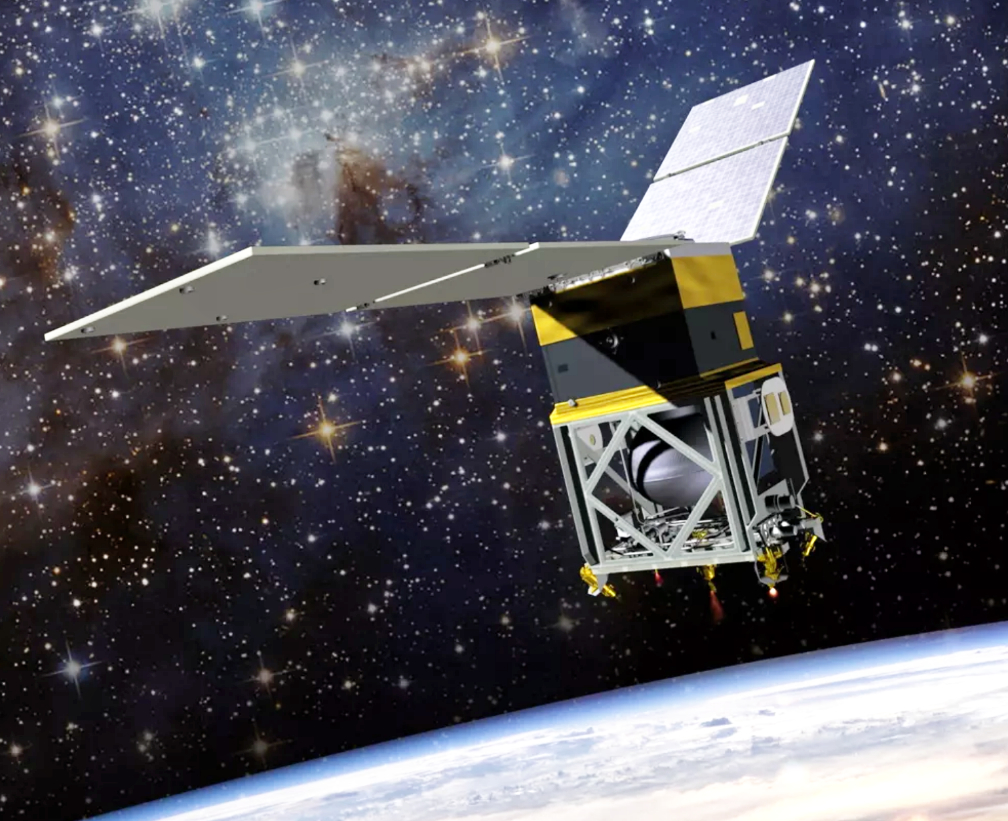
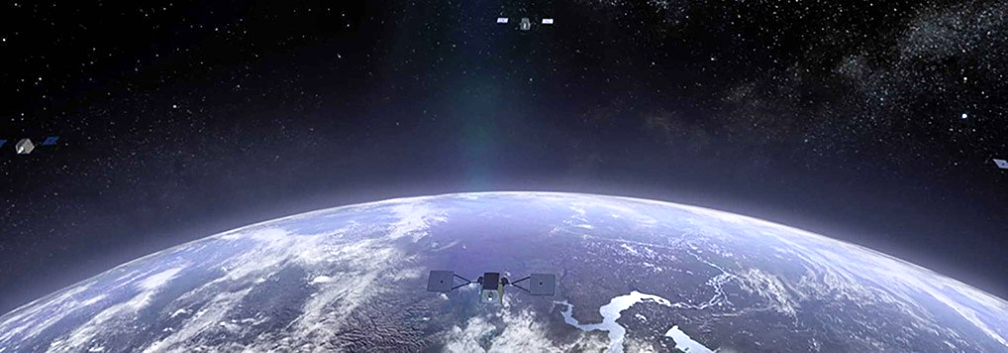
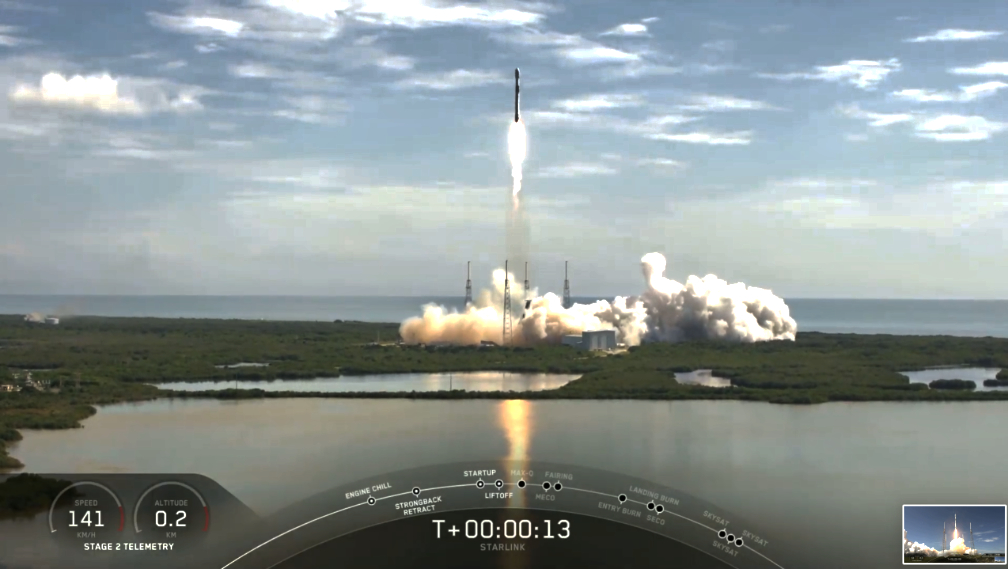 Also of note —
Also of note — 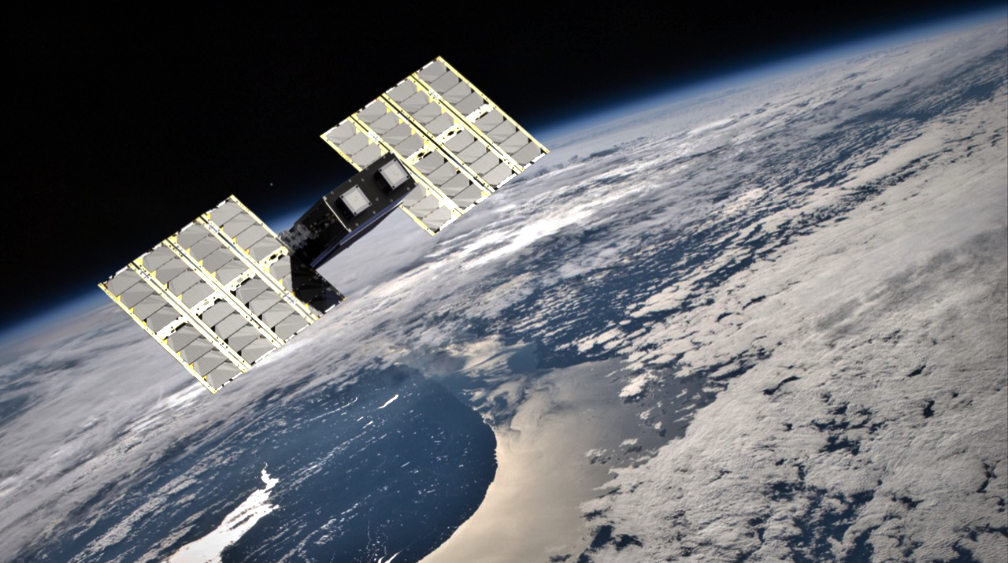
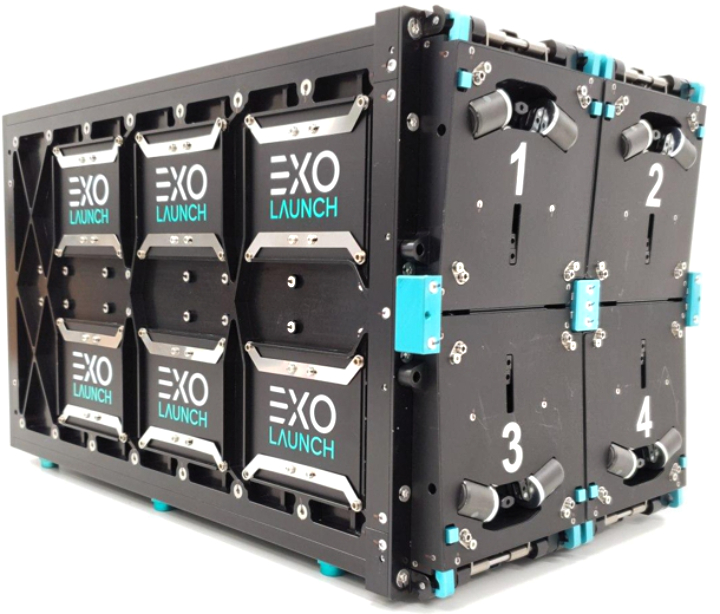 The satellites will be deployed into orbit with the EXOpod, Exolaunch’s advanced cubesat deployer, that has delivered 80 cubesats into orbit to date. Exolaunch produced a custom-tailored 16U EXOpod to accommodate Kepler’s 6U XL satellites.
The satellites will be deployed into orbit with the EXOpod, Exolaunch’s advanced cubesat deployer, that has delivered 80 cubesats into orbit to date. Exolaunch produced a custom-tailored 16U EXOpod to accommodate Kepler’s 6U XL satellites.